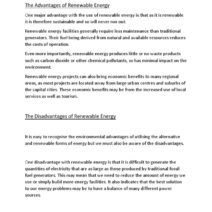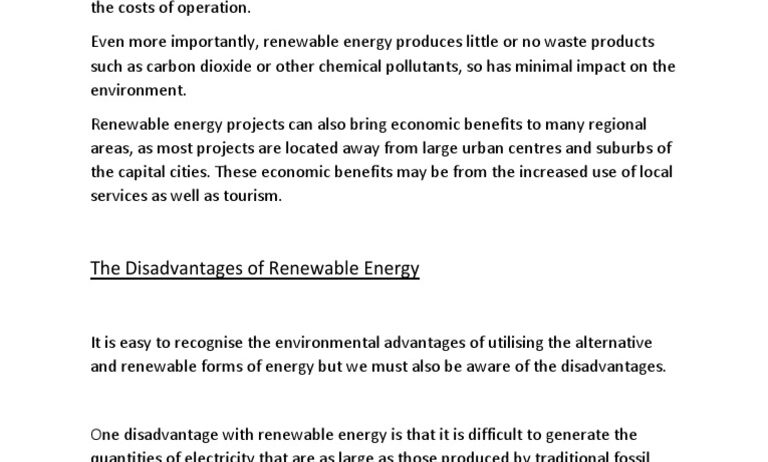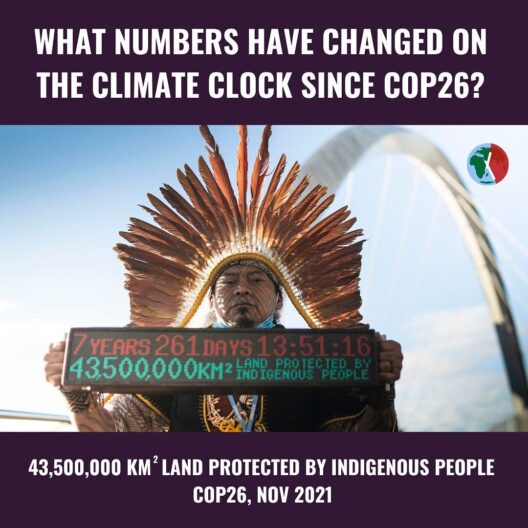In the grand tapestry of our existence, energy conservation emerges as a vibrant thread woven carefully through the fabric of sustainability. Much like the delicate balancing act performed by an acrobat, energy conservation showcases its multifaceted advantages—mitigating climate change, lessening our reliance on finite resources, and fostering a more sustainable future. However, beneath this shimmering surface lies an array of challenges, akin to the shadows lurking behind a dazzling façade. This discourse aims to explore the myriad disadvantages of energy conservation and ponder whether these encumbrances are indeed worthy of the exceptional benefits they purport to deliver.
To commence, it is prudent to acknowledge the initial cornerstone of energy conservation: its economic implications. While the overarching aim is to diminish energy consumption and lower utility bills, the transition phase often demands substantial financial investment. For individuals and businesses alike, the adoption of energy-efficient technologies can initially seem as burdensome as dragging a boulder uphill. Upgrading infrastructure—whether it be retrofitting homes with insulation, investing in LED lighting, or installing advanced heating systems—requires considerable upfront capital. In a world where budgets are meticulously scrutinized, the immediate financial strain can deter many. Consequently, this raises an integral query: are the long-term savings sufficient to validate the initial expenditure?
Moreover, the return on investment (ROI) for energy conservation technologies can be nebulous, commonly manifesting over a protracted timeline. This uncertainty can evoke skepticism, especially among stakeholders who prioritize immediate rather than distant gains. The lingering question remains—do the anticipated benefits justify the sacrifices made during the initial investment? The vortex of financial uncertainty can often lead to a stagnation in adoption rates, resulting in a paradox where the quest for sustainability stymies its own progress.
Additionally, there exists a tangible friction between the ideals of energy conservation and the realities of technological advancement. In our rapidly evolving world, the quest for cutting-edge technology often supersedes the cost-effective and efficient solutions currently available. Take, for instance, the fervor around solar panels. While they promise a significant reduction in energy dependency, the logistics of installation, maintenance, and integration with existing systems can prove cumbersome. Beyond initial expenses, technological obsolescence exacerbates the challenge; as new innovations surface, many may find themselves grappling with outdated systems. The ephemeral nature of technology often feels like chasing shadows—a convoluted race against an ever-receding finish line.
Furthermore, the psychological barriers that accompany the transition to energy conservation cannot be overlooked. Individuals tend to be resistant to change, embracing the familiarity of their established routines. The advocacy for conservation may be met with inertia; behavior modification requires not only awareness but also a shift in ingrained habits. This phenomenon of cognitive dissonance—a disjunction between attitudes and behaviors—plays an integral role in thwarting progress toward a more energy-efficient lifestyle. The uphill battle against human proclivity for comfort represents a formidable obstacle, as cultural inertia is as potent as any physical force.
Another notable disadvantage lies in the realm of policy and regulation. The landscape governing energy conservation is often rife with complexities and inconsistencies that can obfuscate the path forward. Legislation designed to incentivize conservation can be inconsistent, varying from region to region, and subject to the whims of political fluctuations. This unpredictability may lead to an escalation of apprehension among potential investors and innovators alike. In an environment where the rules are continually shifting, forward momentum can like a runaway boulder teetering on the brink of a precipice—ready to roll back at any moment.
However, despite the considerable drawbacks, the query remains: are they worth the effort? The intrinsic value of energy conservation lies not merely in immediate economic benefit or technological advancement, but in a broader, more profound impact on the health of our planet. By conserving energy, we are investing in the longevity of our ecosystems and future generations. The metaphor of planting seeds comes to mind; while the initial act of sowing may not yield immediate results, the potential for a vibrant garden lies within. The long-term ramifications of energy conservation extend beyond personal savings; they ripple through communities, economies, and ultimately, the global environment.
Moreover, energy conservation fosters innovation—a spark igniting the creative capacities of individuals and societies alike. The challenges posed by pushing for energy efficiency often give rise to ingenious solutions, reminiscent of a diamond forged under pressure. From advancements in renewable technologies to the emergence of green jobs, the pursuit of conservation spurs a much-needed evolution in how we produce and consume energy. The drive to reduce consumption compels individuals to rethink their interactions with energy altogether, cultivating a cultural shift towards sustainability.
In summation, the journey of energy conservation is undeniably fraught with complications. Economic hurdles, technological complexities, psychological resistance, and policy ambiguities all contribute to the expansive web of challenges that can obscure the benefits. However, akin to navigating a tempestuous sea, the pursuit of energy conservation offers the potential for smooth sailing towards a sustainable future. The initial disadvantages may seem formidable, yet they disguise within them a reservoir of opportunities waiting to be realized. In our quest to conserve energy, we are not merely taming the wild; we are embarking on an odyssey towards a resilient and flourishing world. The decision to push forward, despite the odds, is the beginning of a brighter tomorrow.






